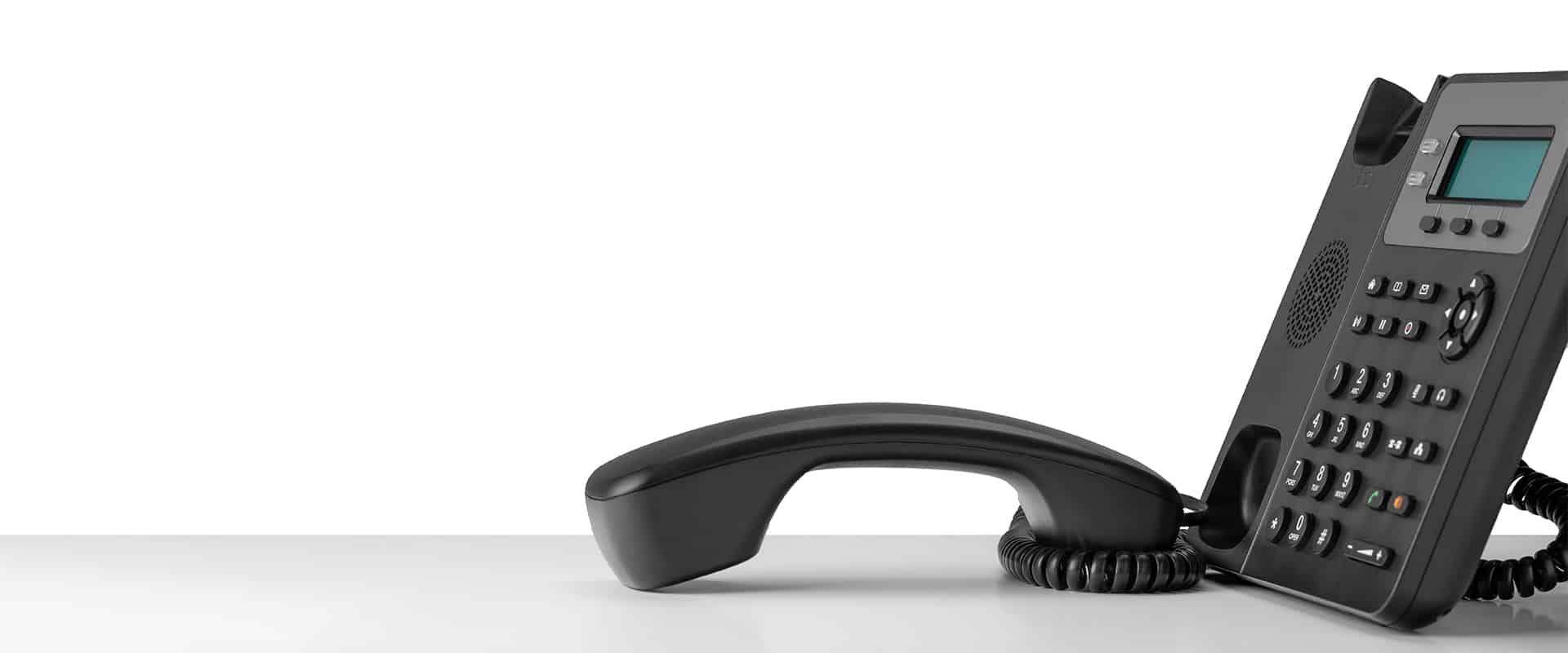When a person speaks an A language, the interpreter translates it into a B language. This is called interpreting. It is a way of verbally translating a speech, as opposed to translation which consists of transcribing a conversation or a written text into one or more languages. There are two types of interpretation: simultaneous and consecutive. These two concepts are quite distinct, although they have great similarities. Find out the difference between simultaneous and consecutive interpreting in this section!
Definition of simultaneous interpreting

Simultaneous interpretation is a translation technique that is frequently used at international conferences. It allows all participants, without distinction, to understand the speech being delivered and to interact with the other parties involved. This method consists of placing the interpreter in an isolated, soundproof booth to perform the interpretation.
The booth provides a view of the conference room and thus of each speaker. Headphones and an interpreter’s microphone are installed in the booth. This equipment allows the interpreter to listen carefully to the speech and translate it into the desired language. The participants hear the interpreter through their headsets and receive an instantaneous interpretation of the speech. This interpretation takes place in just a few seconds, hence the name “simultaneous interpretation”.
Simultaneous interpreting is not a job for all interpreters. It is essential to be familiar with the source language and to have a good knowledge of the subject matter in order to work as a simultaneous interpreter. In addition, the following qualities are required for such a position:
- Good concentration skills;
- Good elocution;
- An excellent memory;
- Thoroughness;
- Impartiality;
- Punctuality;
- A beautiful voice;
- A good general culture.
Definition of consecutive interpreting
Consecutive interpreting is a non-instantaneous interpretation, since the interpreter does not intervene until after the speaker has spoken. The interpreter takes note of the speech before translating it. The interpreter only intervenes when the speaker stops speaking. This type of interpreting is done for short speeches, which last about 10 to 15 minutes.
The interpreter asks the speaker to stop after one or two sentences. However, the length of the speech to be interpreted depends entirely on the interpreter’s ability to memorize. Compared to simultaneous interpreting, consecutive interpreting does not require an elephantine memory. In addition, the risk of omission is low. This technique leaves only a tiny margin for interpretation. It is the most suitable interpreting technique for communication between a doctor and his patient, or between a salesperson and his customer.
The difference between simultaneous and consecutive interpreting
The interpreter intervenes when two people are unable to communicate because of language differences. They must faithfully translate the expressions, feelings and intentions of a person in order to facilitate the understanding of the other person. But to achieve this, this professional must know the difference between simultaneous and consecutive interpretation.
Before choosing the type of interpretation, it is important to know the difference between simultaneous and consecutive interpretation.
- In short, consecutive interpreting allows for fewer omissions, ambiguities and errors in interpretation. It is a method of interpretation that is suitable for those who seek absolute accuracy. This technique is considered a necessary phase in the initiation of simultaneous interpretation. It is the best alternative if you are looking for good quality interpretation.
- For those who are looking for a faster method of interpreting, simultaneous interpreting is the most suitable. It is a way to exchange fluently in real time, since there is no need to accumulate information before translating a speech. With simultaneous interpreting, the interpreter is not exhausted, since his or her intervention is generally short. On the other hand, the interpreter must have an excellent memory, since he or she cannot repeat a sentence or question. Since they are isolated in their interpretation booth, they must be very responsive.
DSP Tech: your specialist in simultaneous interpretation equipment sales

DSP Tech is a technical support, interpretation and simultaneous interpretation equipment rental company. If you are looking for a qualified interpreter or equipment to rent, contact the company and get a free quote for each service offered.
Its offerings include portable configuration booths and fixed installations. It also offers:
- Portable interpreter kits;
- Various types of interpreting equipment system receivers;
- Various models of interpreter microphone;
- Wireless receiver models;
- Whispering equipment models;
- Headsets.
Find the wireless devices and taking advantage of the latest technological innovations among the proposals of DSP Tech.
Conclusion
Every interpreter or tour guide must be well equipped before each conference. To provide quality simultaneous interpretation services, find your equipment at DSP Tech. The company offers a variety of simultaneous interpretation equipment. The variety of its offerings is due to its many collaborations with approved suppliers and professional manufacturers.



Recent Comments